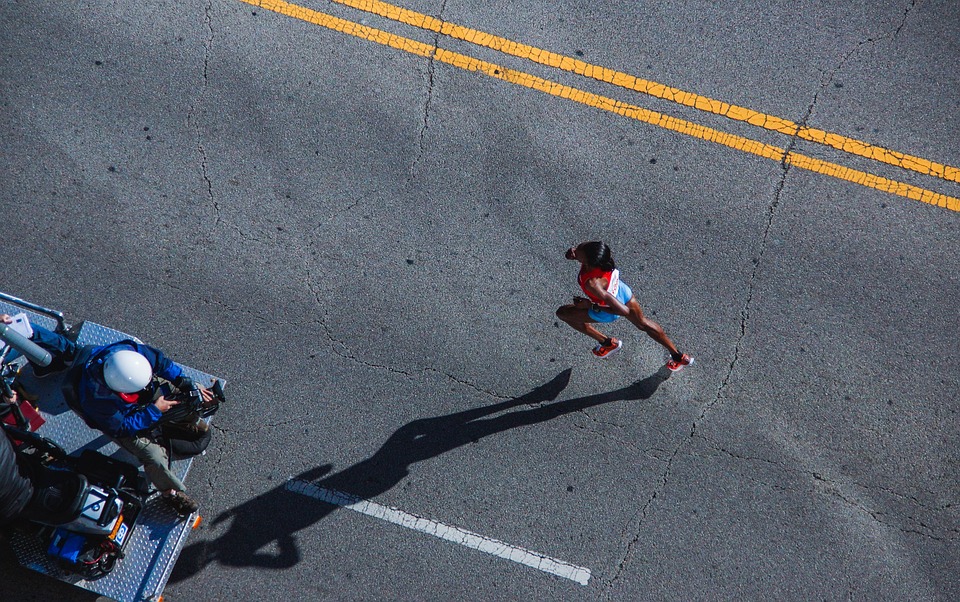Boxing is more than just a physical sport; it is an intricate blend of science, art, and psychology. Behind every knockout punch and every stunning combination is a complex system of training that hones physical ability, sharpens mental acuity, and refines technique. In this article, we delve into the science behind how boxers train for victory and the methods that elevate their performance in the ring.
Understanding Punch Mechanics
At its core, punching is a biomechanical skill that involves the coordinated movement of various body parts. When boxers throw a punch, multiple muscles are engaged, including those in the legs, core, and shoulders. The generation of force begins with the legs driving off the ground, transferring energy through the core, and culminating in the arms and fists.
-
Kinetic Chain: Effective punching utilizes the kinetic chain—where energy is transmitted from the feet to the fist. By mastering this chain, boxers can significantly increase the power and speed of their punches. Training often focuses on strengthening each link in this chain to ensure maximum efficiency.
- Angles and Targeting: A punch is not just about brute strength; it is also about precision. Boxers learn to target specific areas on their opponent’s body while also using angles to evade attacks. Extensive shadowboxing and sparring sessions help fighters develop their understanding of angles and positioning in the ring.
Cardiovascular Conditioning
Boxing is an intense cardiovascular workout, demanding high endurance and explosive bursts of power. Conditioning is critical for maintaining performance throughout the rounds.
-
Interval Training: Boxers often engage in high-intensity interval training (HIIT) to improve their aerobic and anaerobic systems. This type of training incorporates periods of intense activity followed by rest, simulating the rounds of a boxing match.
- Jump Rope and Agility Drills: Techniques such as jumping rope improve footwork, hand-eye coordination, and overall cardiovascular fitness, all essential for a boxer’s performance. Agility drills further enhance a fighter’s ability to move quickly and evade punches.
Strength and Power Training
While technique and conditioning are critical, strength and power are equally important in a sport where every blow can be decisive. Boxers adopt various methodologies to enhance their physical strength.
-
Weight Lifting: Targeted strength training programs often include compound movements like squats, deadlifts, and bench presses, which build total body strength. This strength translates to more powerful punches and better resilience to absorb blows.
- Plyometrics: Exercises that involve explosive movements—such as jump squats or medicine ball throws—help develop the fast-twitch muscle fibers crucial for generating power quickly. This explosive strength can mean the difference between a glancing blow and a knockout punch.
Mental Toughness and Strategy
Boxing is as much a mental game as it is a physical one. Fighters must be able to remain calm under pressure, make quick decisions, and outmaneuver their opponents psychologically.
-
Visualization: Many boxers use mental imagery to visualize their fights, rehearsing techniques and strategies in their minds. This practice builds confidence and prepares them for various scenarios they might face in the ring.
- Focus and Mindfulness: Mental exercises designed to improve focus and reduce anxiety—such as meditation or breathing techniques—are becoming more commonplace in boxing gyms. These methods help fighters to remain composed and maintain clarity during high-stress moments.
Nutrition and Recovery
A boxer’s body is their most valuable asset, which means that proper nutrition and recovery are paramount to their training regimen.
-
Balanced Diet: Fighters must pay careful attention to their diets, ensuring they consume adequate proteins for muscle repair, carbohydrates for energy, and healthy fats for overall well-being. Nutritionists often work with athletes to tailor meal plans that enhance performance and support weight management.
- Recovery Techniques: Recovery is essential to prevent injuries and ensure that athletes can perform at their peak. Techniques like foam rolling, stretching, ice baths, and sleep optimization are integral parts of a boxer’s training program.
Conclusion
The training of a boxer is a meticulously crafted process that balances physical prowess, technical skills, mental fortitude, and holistic wellness. By understanding the science of the punch and the methodologies behind training, we gain insight into the dedication and resilience required for success in this demanding sport. For aspiring boxers or even enthusiasts, appreciating this art form means recognizing that every jab, cross, and hook is the result of countless hours of hard work, strategy, and an unwavering pursuit of victory.


